Reporter (PV): It is known that the book "Taking Flight with the Country" is a project that you have cherished for a long time. Can you tell us about the advantages and difficulties in making this book?
Dr. Nguyen Sy Hung: Before working in the civil aviation industry, I spent 26 years as a cadre and officer of the Vietnam People's Army, belonging to the Vietnam People's Air Force. To show my gratitude to the Air Defense - Air Force Service, I collected and researched to write a book about "Air battles in the sky of Vietnam seen from two sides". Regarding the civil aviation industry, I also wish to write a book so that the next generation can understand how difficult the early stages were, the strategic orientations, breakthrough decisions, events... to achieve success in the past 30 years.
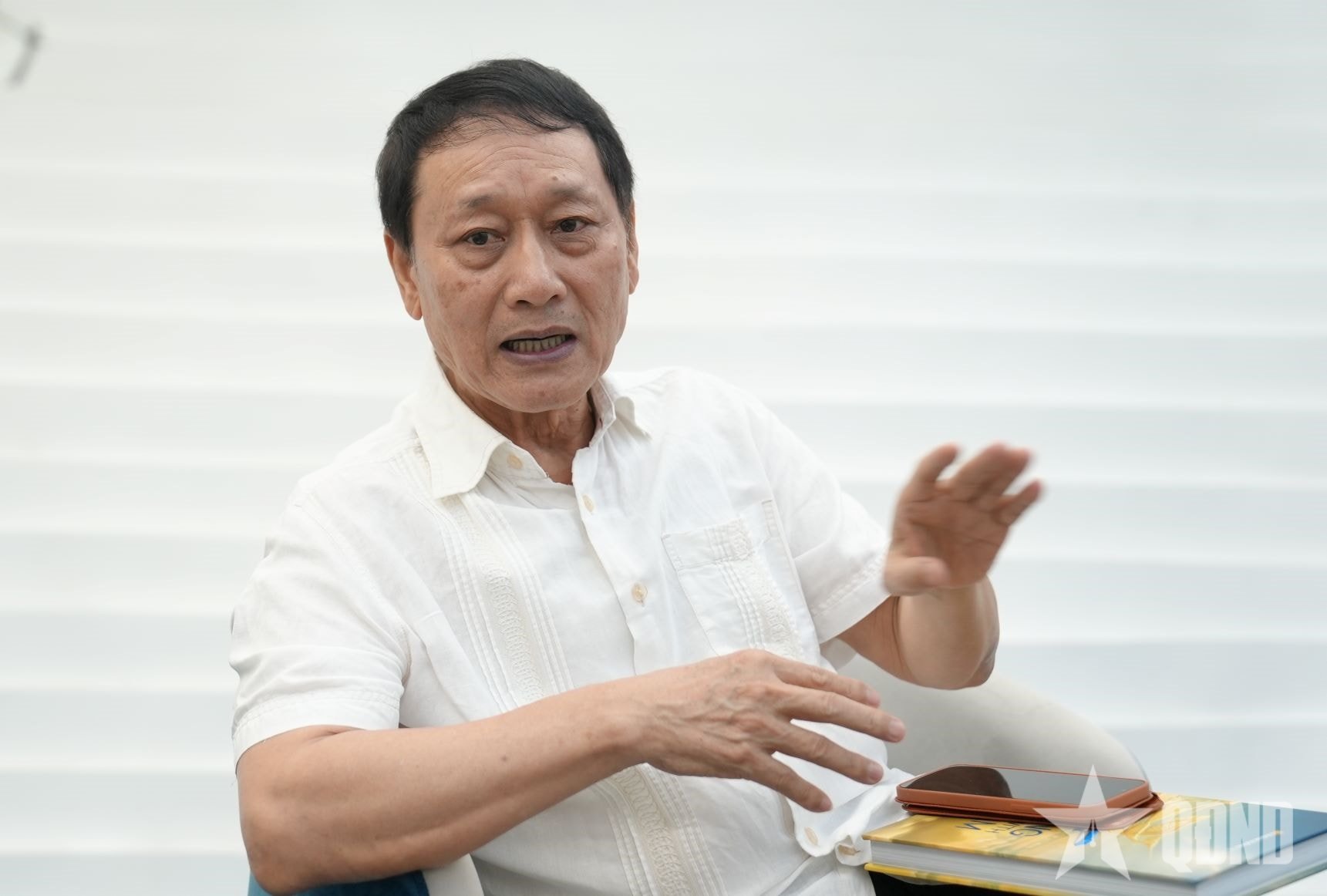 |
Dr. Nguyen Sy Hung, former Chairman of the Board of Directors of Vietnam Airlines Corporation. Photo: BAO LINH |
When I started writing the book about Vietnam Airlines, I faced certain difficulties because aviation is a technical economic industry, a comprehensive service industry that includes many different fields from engineering, business, transportation, goods, trade to quality, safety, airports, meteorology, flight operations... There were times when I wondered where to start, what approach to write. I myself did not want this book to be just a book about history, the repetition of events, decisions... Through researching many books of famous airlines in the world as well as many large enterprises, I came up with the idea of not writing in the old way anymore but in a new direction to suit today's readers. The book needs to have a text section with a capacity of about 50-60% to see the historical process, at the same time combining with modeling, design, graphics to avoid creating a heavy feeling and using illustrations to attract readers.
For example, when talking about Vietnam Airlines' flight network, the book uses images with timelines to clearly see which year the flight route to London (UK) or Paris (France), the United States was opened... The book is both academic, providing data and viewpoints, and suitable for modern tastes. Hopefully, this book will be followed and evaluated by readers from beginning to end.
Another difficulty is that there are too many fields in the civil aviation industry, I myself cannot know all the fields. This book has 18 chapters in total, each chapter is a field of operation of the Corporation. Based on the outline of the book, I asked the departments and agencies of the Corporation in charge of each field to provide information and data, then screen, select, and synthesize. For example, the fields of finance, investment or training, coaching... It must be said that the process of making this book was very elaborate and had the contribution of the collective, thereby helping the Editorial Board to be more convenient in compiling. One point to mention is that this book has a separate Vietnamese and English version, not a bilingual book, with the desire to raise the book to an international level commensurate with Vietnam Airlines as an international airline.
PV: Could you please share the messages conveyed through the book so that readers can visualize the 30-year journey of building and developing Vietnam Airlines?
Dr. Nguyen Sy Hung: The book celebrating the 30th anniversary of the Corporation has many meanings, of which the main and greatest meaning is to recall the historical journey of the formation and development of the Corporation as well as the vision towards the future. That journey contains many events, figures, ideas, decisions, and actions to overcome difficulties and build Vietnam Airlines into a strong airline as it is today. Along with that, Vietnam Airlines employees will feel that they are there, they are the ones who contribute to the success of the Corporation. Everyone can also see how to act, how creatively and effectively to overcome difficulties and achieve the achievements as they are today. To condense the main message of the book, the Editorial Board wrote a general conclusion to the book as follows: In the mind, we must dare to dream and aspire; in the vision, we must go straight to modern technology, reaching international standards; in the thinking, we must always innovate and be creative; In the way of doing, we must create breakthroughs, be pioneers and be scientific ; in action, we must be brave, united, unanimous and determined to thereby rise up and break through.
To build Vietnam Airlines from a small, unknown airline to a large airline like today, we must have the desire to rise. Once we have the desire, we must have the courage, intelligence and creativity. A very important thing is to unite and be of one mind to build Vietnam Airlines into a large airline, overcoming difficulties. Looking to the future to reach new heights, greater achievements, we need dreams, aspirations and a scientific and effective action program.
PV: During the process of writing the book, what are the historical milestones and impressions that you are most proud of when looking back at the 30-year journey of Vietnam Airlines Corporation?
Dr. Nguyen Sy Hung: For me, there are two very important milestones: the establishment of Vietnam Airlines on April 20, 1993 and the establishment of Vietnam Airlines Corporation on May 27, 1995. From these milestones, Vietnam Airlines Corporation has full autonomy in finance and business and proactively builds development strategies, invests in aircraft fleets, builds human resources and operates according to an enterprise model with an international business orientation.
A very important milestone was when the Corporation decided to choose new technology for its fleet. The question at that time was: Which technology, which type of aircraft? At that time, the Corporation decided to go straight to the most modern technology, otherwise we would forever be chasing the world in terms of technology. Currently, Vietnam Airlines owns the most modern fleet in the world, on par with other major airlines.
One point that needs to be mentioned is that the Corporation has built a corporate culture and consensus among its staff, workers and employees. In difficult times, everyone shares together, such as during the period of fighting the Covid-19 pandemic, everyone is willing to reduce their salary or go into difficult and dangerous areas, no one shirks their duties. It must be affirmed that building a corporate culture, business philosophy and consensus from top to bottom is an extremely important factor.
PV: With the opening up of development for the Vietnamese civil aviation industry, how do you evaluate the strategic significance of the milestone of establishing Vietnam Airlines Corporation?
Dr. Nguyen Sy Hung: To come to the event of establishing Vietnam Airlines Corporation on May 27, 1995, it is necessary to lead from the previous process. At that time, the Government requested to study a development model of Vietnam's civil aviation suitable for the world aviation market. Vietnam worked with the International Civil Aviation Organization (ICAO) and then with the help of ICAO and experts, proposed to separate 4 areas of civil aviation including: State management, airport, flight management and airline. On that basis, a project was prepared and reported to the Government, the initial stage of establishing the National Airline.
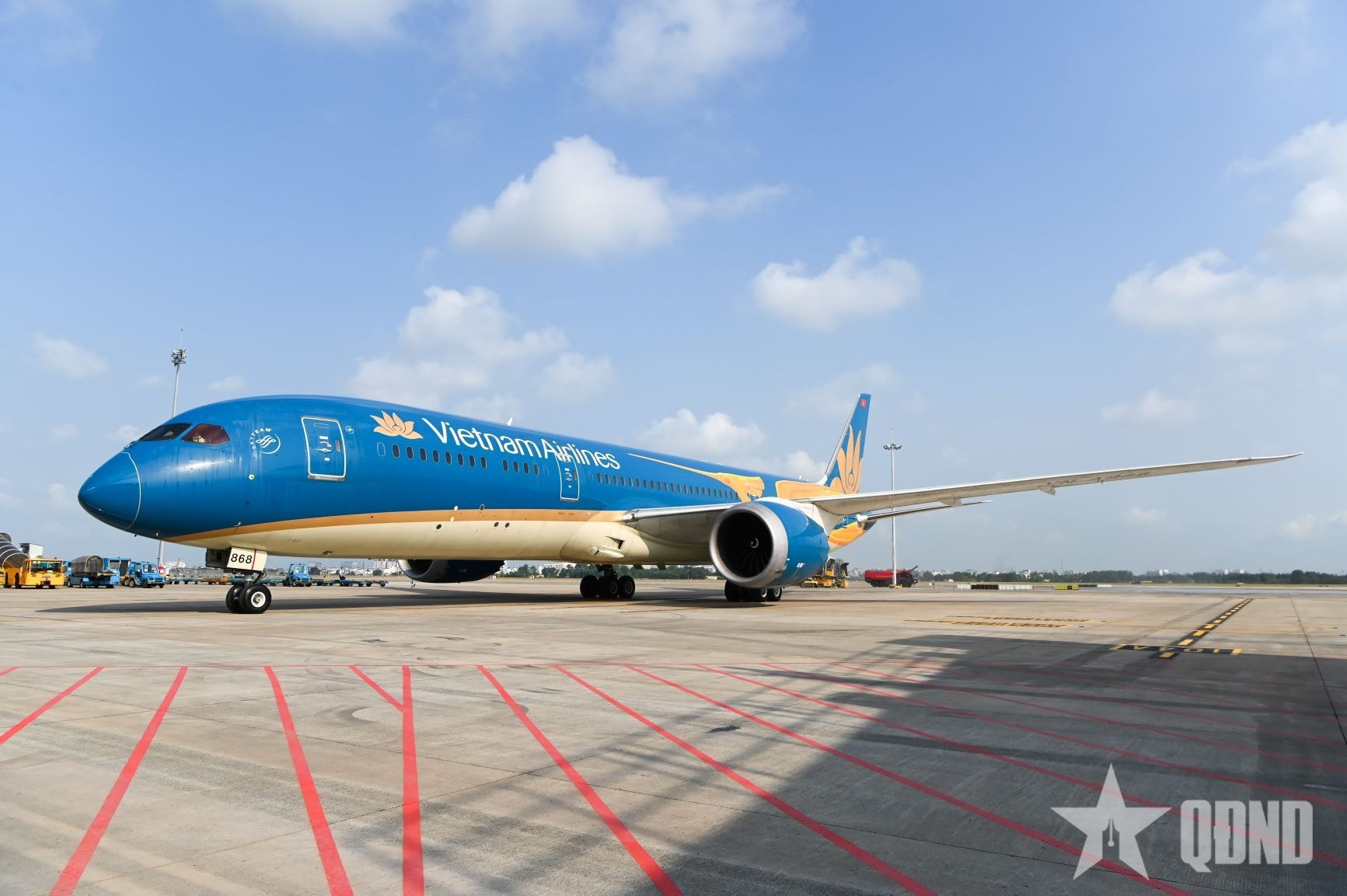 |
| Vietnam Airlines' modern fleet, including wide-body aircraft with advanced technology. Photo: MAI HUONG |
When the National Airline was first established, there were no member companies. Through studying some aviation business models in the world such as the model of Singapore Airlines, it can be seen that they applied the group model with a parent company and subsidiaries. The establishment of Vietnam Airlines Corporation established the model of a parent company and 20 member companies. This is a very important step, thanks to this model, the Corporation is more autonomous in developing strategies and has accompanying services along with transportation such as engineering, ground services, fuel, meals, etc. This not only helps Vietnam Airlines ensure service quality but also creates financial potential, has revenue to be able to invest in expanding production, business, and investing in aircraft fleet.
Vietnam Airlines is the first air transport enterprise in the country. The process of formation and development has had many difficulties but also many advantages. First of all, it is the attention, direction and support of the Party, the State, agencies, ministries and branches. Thanks to the right investment and training strategy, Vietnam Airlines has built a technical infrastructure, trained a team of pilots, flight attendants and engineers with international certificates and qualifications. The leadership at all levels is well-trained and experienced. In addition, there is exchange and cooperation with major airlines in the world. It can be said that Vietnam Airlines has taken the lead in international integration.
PV: In the future vision, Vietnam Airlines still has many goals to aim for. How will the existing foundations create a foothold for the Corporation on new journeys, sir?
Dr. Nguyen Sy Hung: For a large airline, to continue to develop, it is necessary to always look forward, have aspirations to rise, and cannot stop. In my opinion, to develop, the very important principles are service quality and safety. Second, it is necessary to develop sustainably, not to develop too quickly but unsustainably, and at the same time, it cannot be slow, indecisive, not reaching out, not breaking through. The very important foundation is the achievements, infrastructure, people, and accumulated experience. But in the new situation, there will be new fluctuations, requiring the vision of the leadership to guide the Corporation's development in the future. I believe that the current leadership is well-trained, matured from the grassroots, and has enough courage and intelligence to lead the Corporation into a new era successfully.
PV: Thank you very much!
MANH HUNG (performed)
* Please visit the Economics section to see related news and articles.
Source: https://baodaknong.vn/hanh-trinh-cua-vietnam-airlines-la-su-doan-ket-dong-long-vuon-minh-de-but-pha-253373.html



![[Photo] T&T 1 and Ho Chi Minh City 1 People's Police Teams won the men's and women's team championships](https://vphoto.vietnam.vn/thumb/1200x675/vietnam/resource/IMAGE/2025/5/22/39db06ae67cb4001b7a556e8d9a56d07)




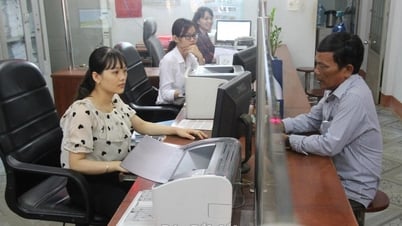

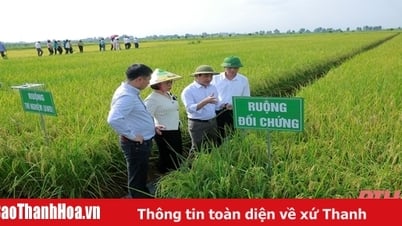

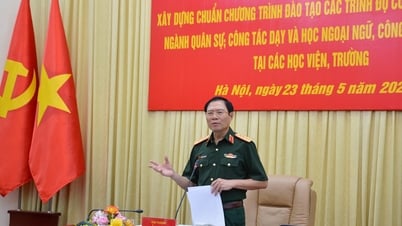
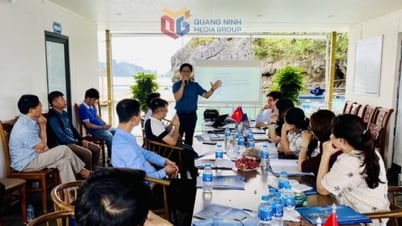



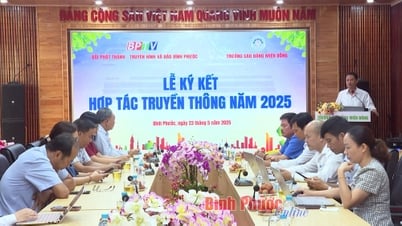





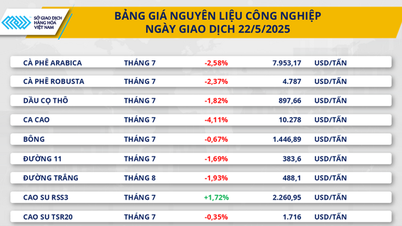


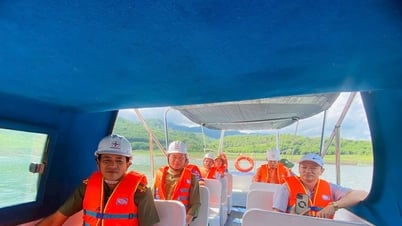

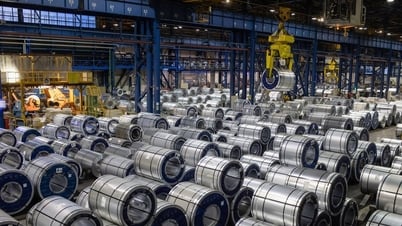






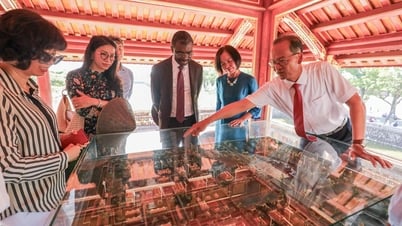









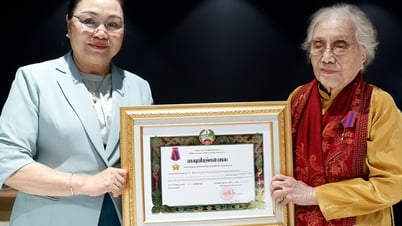












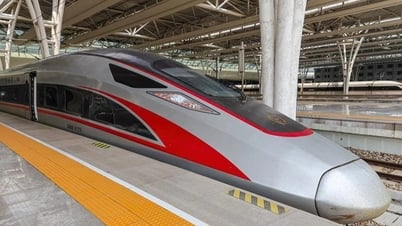






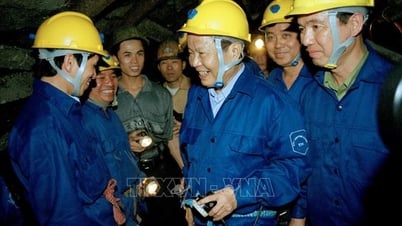
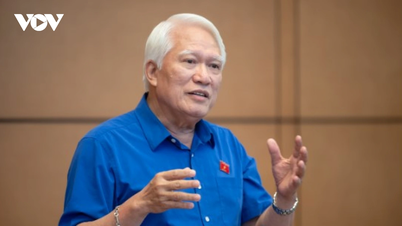


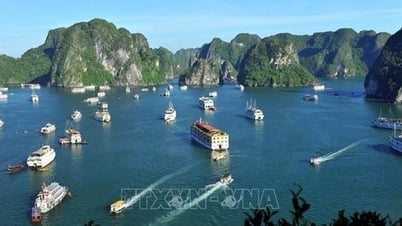
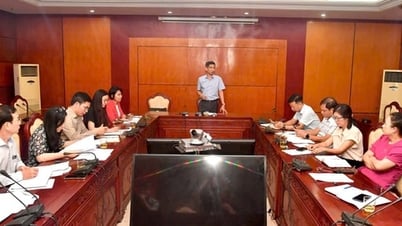



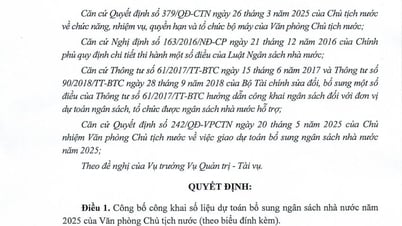

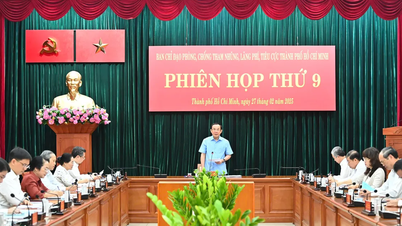

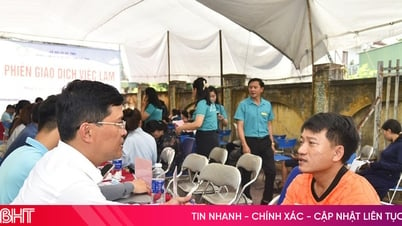


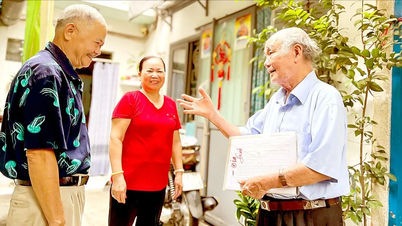
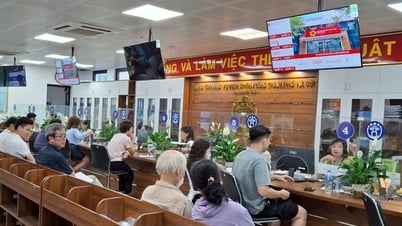








![[Podcast] Week introducing more than 500 OCOP products in Hanoi](https://vphoto.vietnam.vn/thumb/402x226/vietnam/resource/IMAGE/2025/5/22/d144aac2416744718388dbae3260e7fd)

Comment (0)